“And all at once, summer collapsed into fall[1].”
And all at once, fall devolved into winter.
And all at once, I realized I need to get my crap together and figure out how I’m going to survive these next several dark, frigid months.
It snowed in Minnesota this week, prompting me to spiral into a slow panic and quickly reevaluate everything I had previously learned about “pandemic living” while breezing through the warm, inviting, seemingly endless days of summer. And when I say “snowed,” I’m not talking about flurries or a light dusting that melted after a few measly hours; no, I’m talking about real boot-necessitating, road-wrecking, soul-crushing honest-to-God snow. I’m talking about the seemingly magical stuff you wish for on Christmas morning and then subsequently come to loathe starting January and lasting into March. It snowed so much on Tuesday that the ducks outside my window were visibly perturbed. They “swam[2]” through Lake Titicaca[3], clearly struggling as they cut a path through the mostly frozen water, and I could practically hear them quack-conversing, questioning: “What the duck? What is this weather? It’s only October!”
My thoughts exactly, ducks. My thoughts exactly.
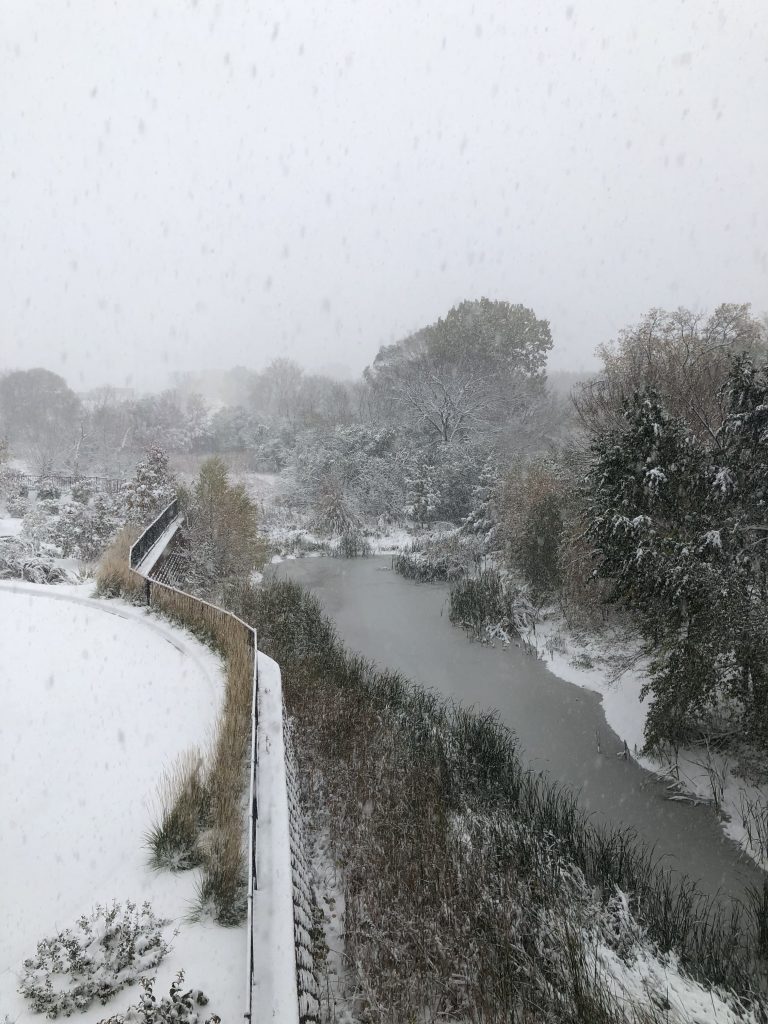
Irrespective of what the calendar tells us and whether we like it or not, winter isn’t coming: Winter is already here, and it’s about dang time we figure out what we plan to do about it.
As a season, winter both explodes with beauty, magic, and wonder and yet simultaneously threatens us with darkness and feelings of isolation and detachment. In literature winter is often associated with death, old age, loneliness, despair, finality, and emptiness[4]. And, while I recognize climate and setting are diametrically opposed in this comparison, for some reason I can’t help but associate winter with the iconic image of a “tumbleweed” blowing across a vacant stretch of open desert nothingness.
Classically used in western films to depict rugged landscapes that are as lawless as they are lifeless, tumbleweeds are perhaps the epitome of isolation and despondency. Literally, a tumbleweed is a structural part of the above-ground anatomy of a number of plants that, once it matures, physically detaches from its roots and blows across the land, drifting about as a result of the wind. Notably, tumbleweeds consist largely of dead tissues, but this death serves a very specific function and purpose: It allows the structure to degrade gradually so that its spores actually release as part of the “tumbling” process and can ultimately germinate when met with proper environmental conditions. Metaphorically, tumbleweeds have frequently been used to depict those who roll through life without purpose, lost individuals moving carelessly across a vacant landscape.
It is easy to relate to these sentiments of restlessness and inherent dissociation during a pandemic-ridden year, perhaps even more so as winter’s impending isolation surreptitiously arrives. In some ways, I actually can’t think of a more fitting visual to encapsulate what this year has both looked and felt like than a tumbleweed aimlessly rolling across a barren, deserted desert. And while these emotions are very valid and very real, it is crucial that we don’t lose ourselves in them and instead work to devise ways we can combat this “tumbleweed tendency” and anchor ourselves to ideas, people, and opportunities that are possibility-rich and life-giving. This is not a suggestion or a “nice-to-have;” rather this is a necessary imperative that we all must strive to achieve. For if we don’t fight to maintain our creativity, sanity, and hopefulness, then we will inevitably lose them. And, no one is capable of doing this for us; we are solely responsible for choosing to tether ourselves to something more tenable and determine if we want not only to survive but ultimately thrive.
In an effort to manifest this thinking and bring it to life, I’ve been on a zealous kick to devise a list rife with as many creative, energy-giving, tumbleweed-avoiding activities as I can possibly think of. Many of these ideas aren’t particularly novel or earth-shattering[5]; there’s something to be said for embracing simplicity and avoiding our tendency to overcomplicate things. And, because connection is such a crucial component of keeping ourselves from feeling detached and isolated, I’ve particularly pursued ways we can be together while physically remaining apart. Framing my problem-solving this way was helpful, as it allowed me to look for opportunities that maintained physical distance while still being rich with social connection. And, while this concept is certainly not new, one unique, pandemically-appropriate way to do this is by visiting the drive-in movies.
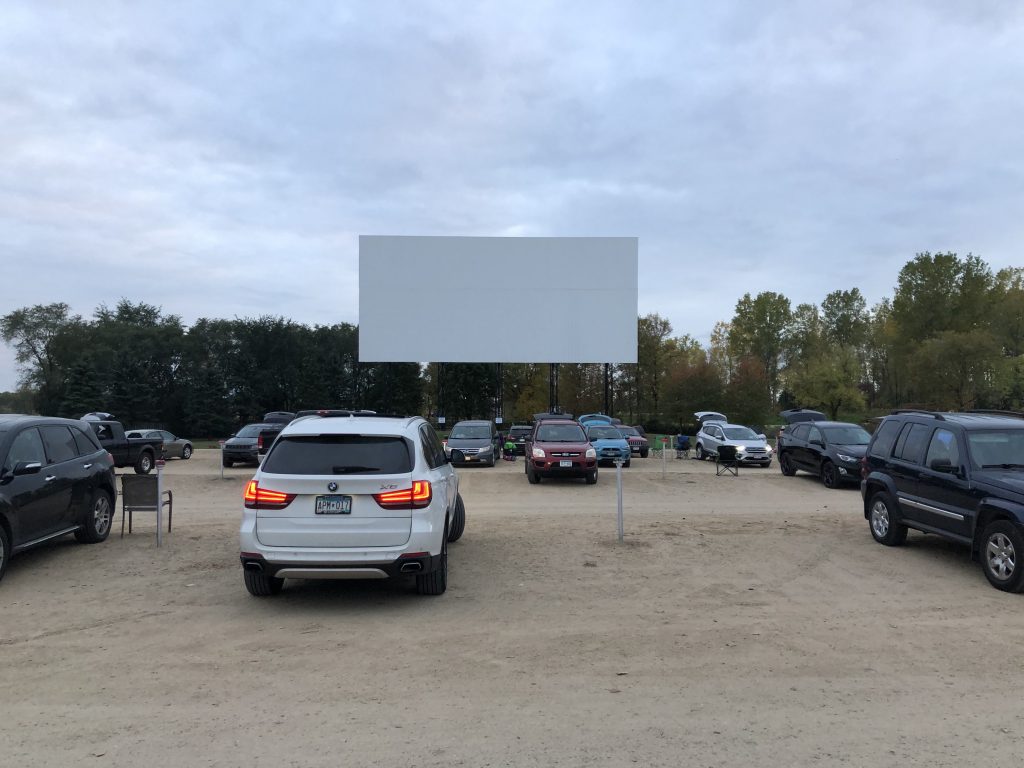
Originally popular in 1940s, 50s, and 60s, drive-in theatres quickly captivated American hearts and firmly planted themselves in the ever-evolving framework of our country’s iconic pop culture. Consisting of a large outdoor movie screen, a projection booth, a concession stand, and ample space for cars to post up for an evening of entertainment, drive-in theaters are already exceptionally well-suited to the social distancing requirements of 2020.
Seeking a change of pace and a bit of adventure, Cam and I recently tracked down our own slice of modern-day Americana by visiting Vali-Hi in Lake Elmo, Minnesota for a double-feature Halloween special.
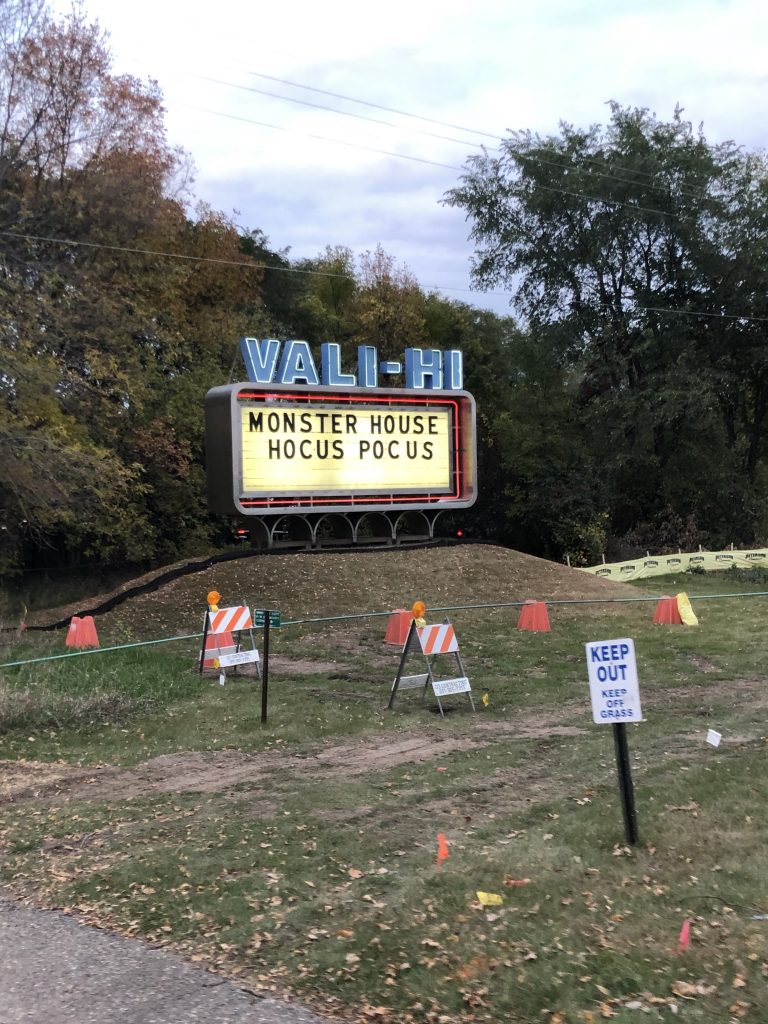
We began our evening by tracking down dinner at Portillo’s—one of my favorites—and grabbing coffee to ensure we would survive four plus hours of tv-watching without succumbing to sleep. With our food and hand-held radio in tow, we made our way to Vali-Hi, eager to park and settle in for a night of outdoor movie magic.
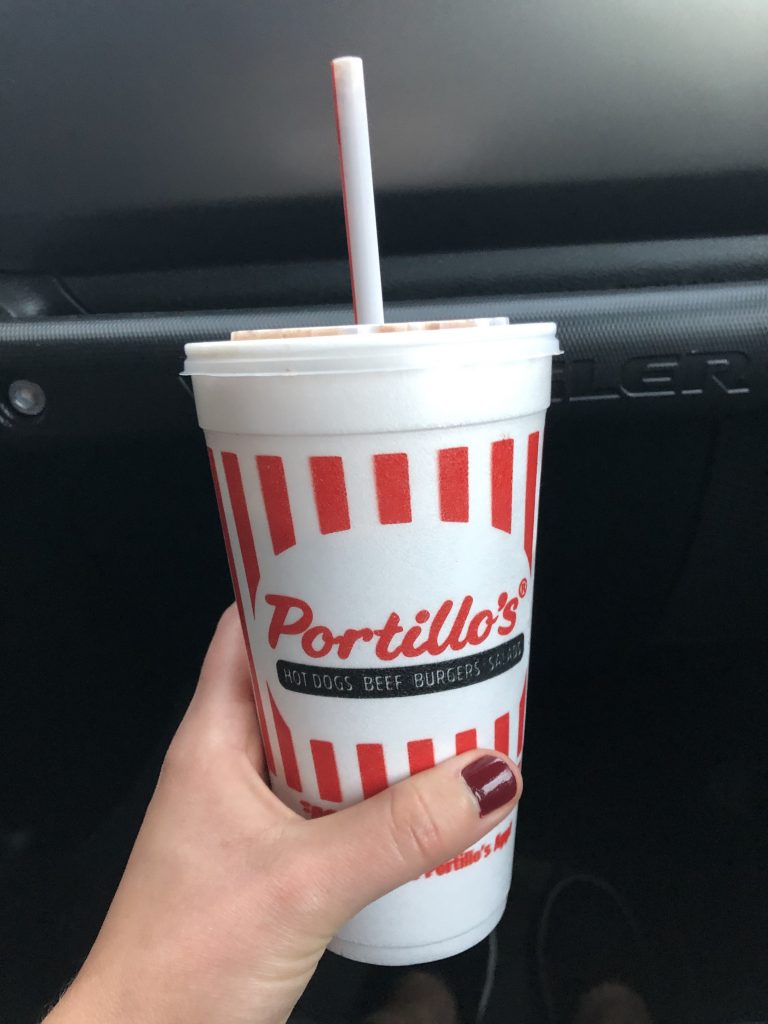
Vali-Hi has served locals since 1966 and unexpectedly exploded in popularity this season as people desperately seek to escape their homes and recreate the traditional cinema experience in any way possible. Once we had secured our ideal parking spot, we cranked up our radio and tuned into the theatre’s FM station to listen to classic tunes from the 1960s, enjoying the gravelly audio and nostalgic vibes while waiting for the sun to set and the movies to begin.
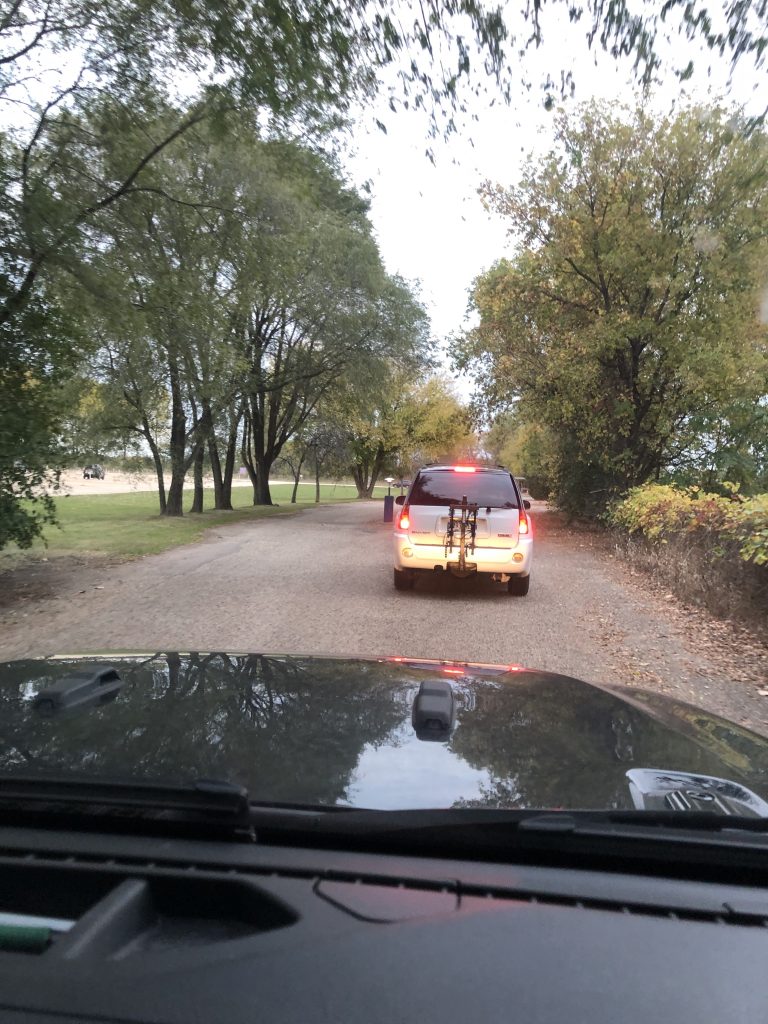
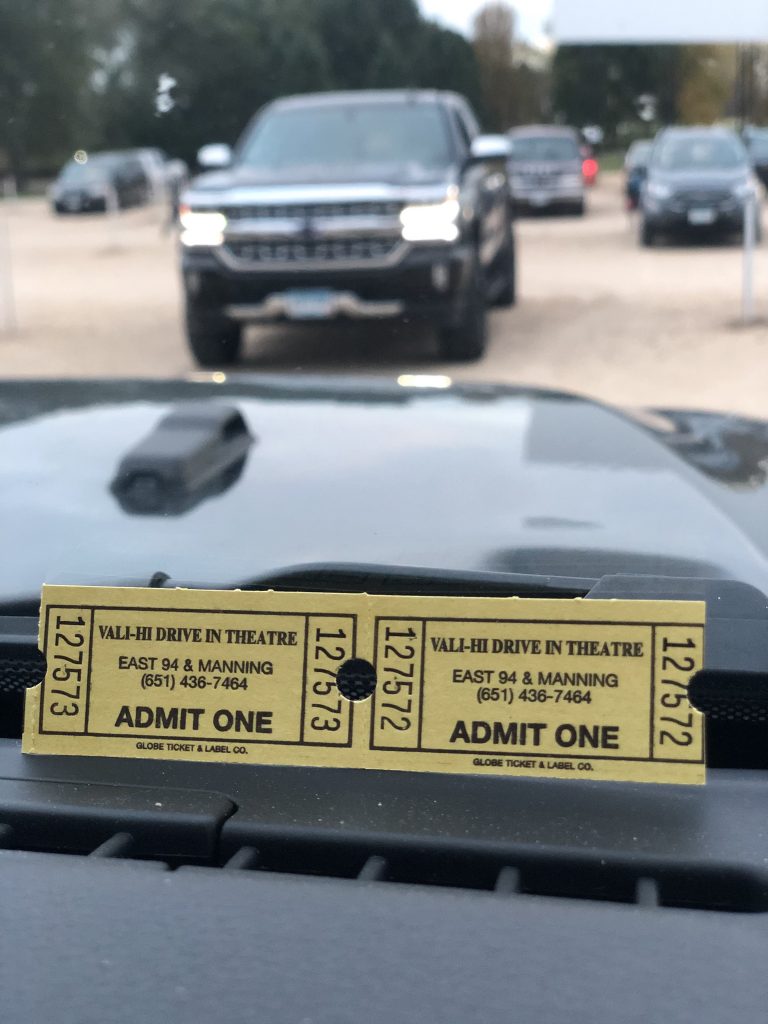
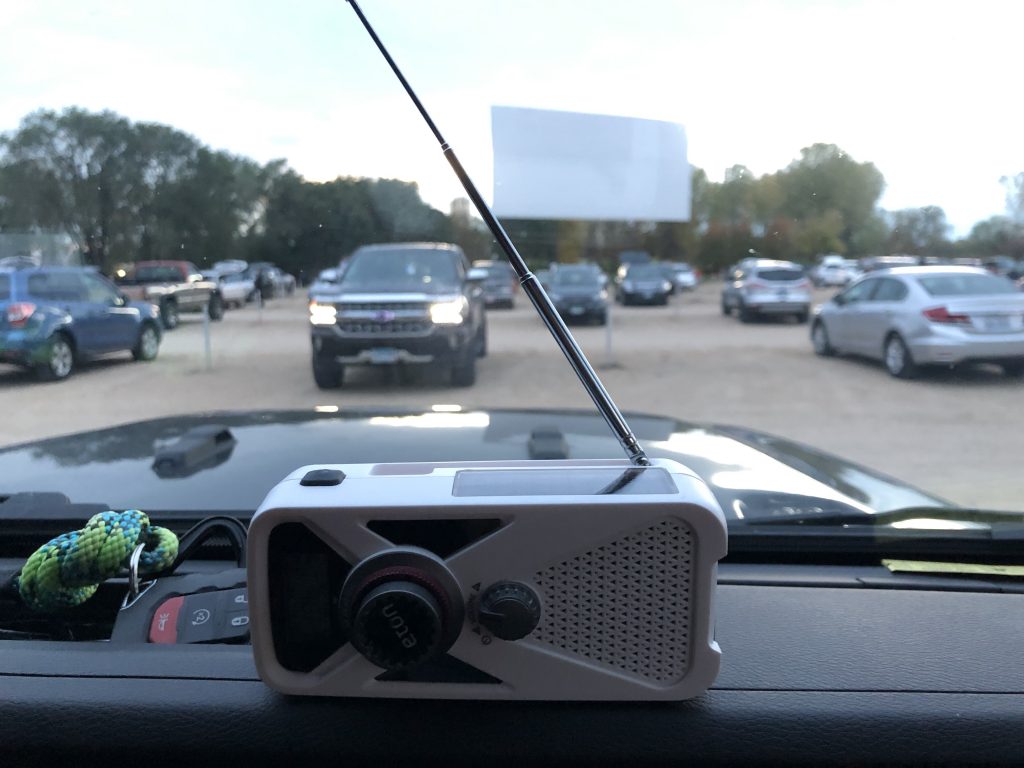
Our first film was Monster House, a 2006 animated film about three kids and their adventures to uncover the truth behind a sentient haunted house in their neighborhood. While I’ve seen Monster House before, I enjoyed re-watching it and appreciated both the plentiful comedic moments and the seasonal Halloween connections. After the movie ended, a spacious 45-minute intermission ensued, and by the time the second feature, Hocus Pocus started, it was already quite late. We stayed for the opening thirty minutes or so, reveling in the movie’s obvious 90s vibe while commenting on its repeated outdated elements that have become somewhat questionable and left well before the clock struck midnight. We drove home relaying stories from the evening, tired but invigoratingly refreshed by a creative, routine-breaking night out.
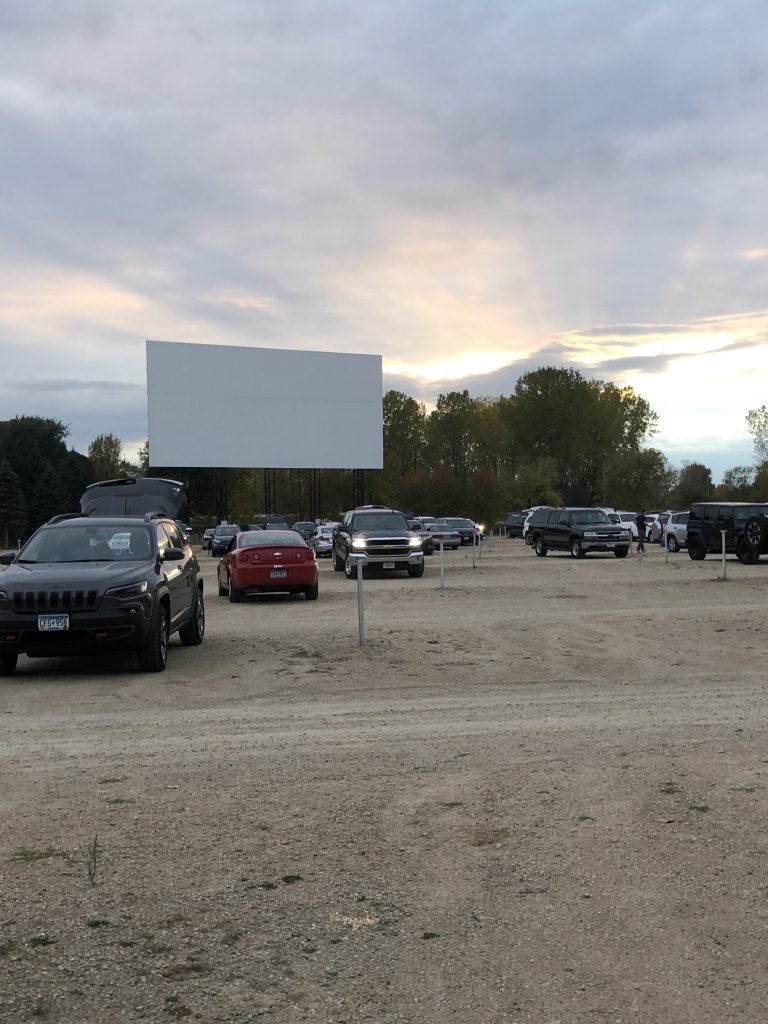
Perhaps the drive-in movie season is coming to a close, but the sentiment behind this excursion is what truly matters and should serve as a call to action for us all. This winter, how will we seek ways to stay physically distanced but socially connected? How will we intentionally seek creative opportunities and pursue activities that prompt connection and feed our imaginations? How will we prevent ourselves from devolving into tumbleweeds, detached, unmoored, and bouncing through these months without vision or purpose? Yes, winter is coming, but that doesn’t have to be debilitating; we can actively work together to combat its deleterious effects.
Let winter knock on our door. For when it comes, we will be ready.
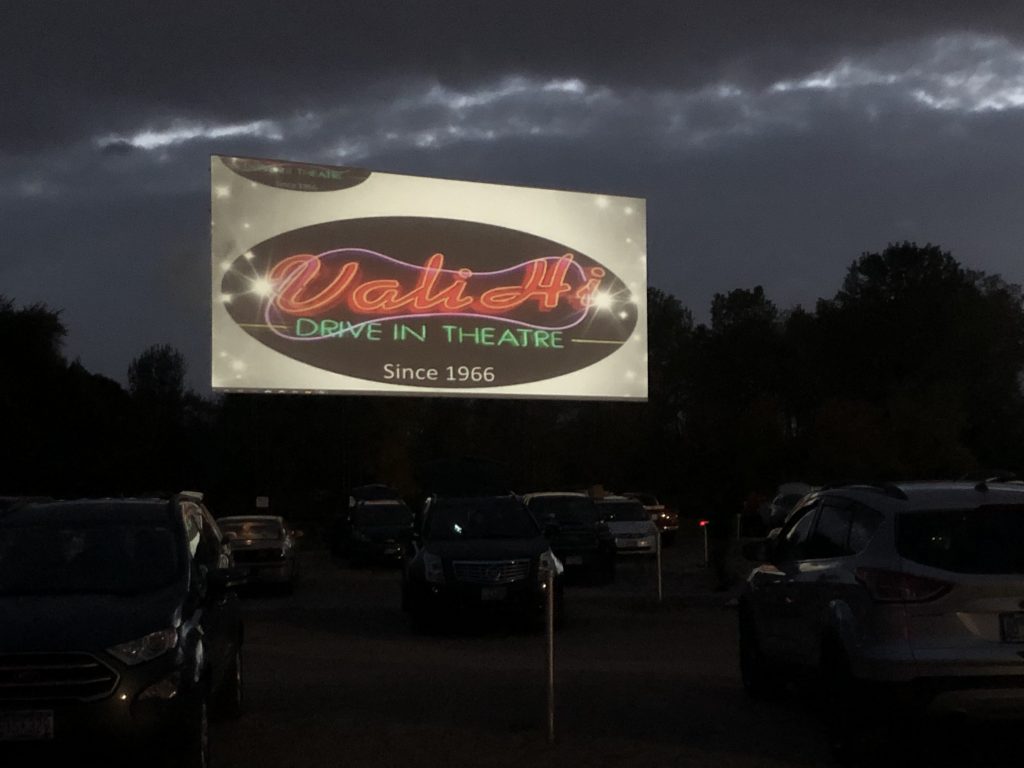
[1] Oscar Wilde.
[2] More like trudged.
[3] You know, that famous Minnesota Lake as referenced in “‘Wisteria’ Amidst the Hysteria.”
[4] Super uplifting, right?
[5] See: Acquiring several new puzzles, fleshing out my reading list, and firming up my winter workout routine.

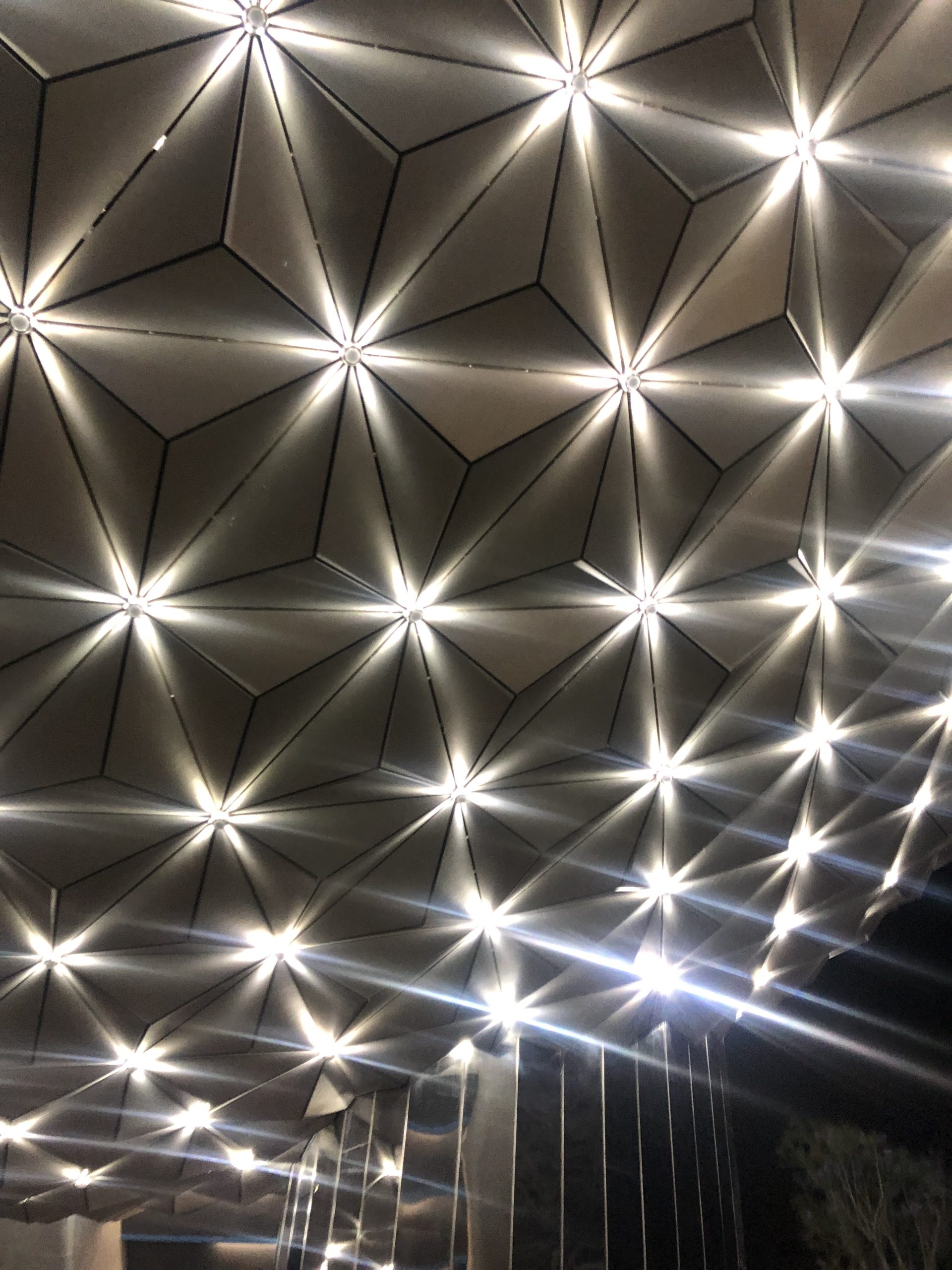

Comments are closed.